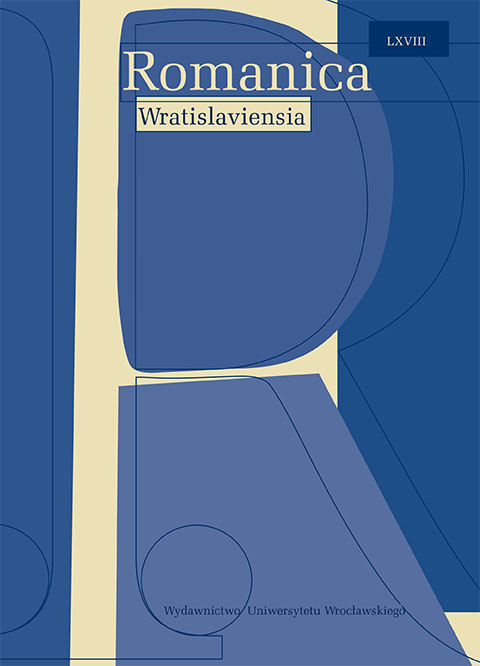

Articles

The metaphors of centre and periphery tend to reduce the complexity of language relations and interlingual exchanges that are featured by multilingual societies. At a crucial point of multilingual Belgium’s evolution, i.e. during the 19th century, exchanges between its two major languages, namely French and Flemish, offer a suitable angle to capture the processes of centralisation and peripherisation of both languages. Translingual practices, including translation, are at the heart of these processes. On the one hand, they sustain continuous attempts to impose and maintain the centrality of official French in the legal and administrative domains; on the other hand, they nurture counterbalancing claims for recognition and officialisation of Flemish as an equal language. This contribution puts focus on three major aspects of interlingual exchange: the design and management of Belgian translation policies, the asymmetric translation flows between French and Flemish vs. Flemish and French, and the emancipatory efforts of Flemish and its modest effects, notably in the literary domain.